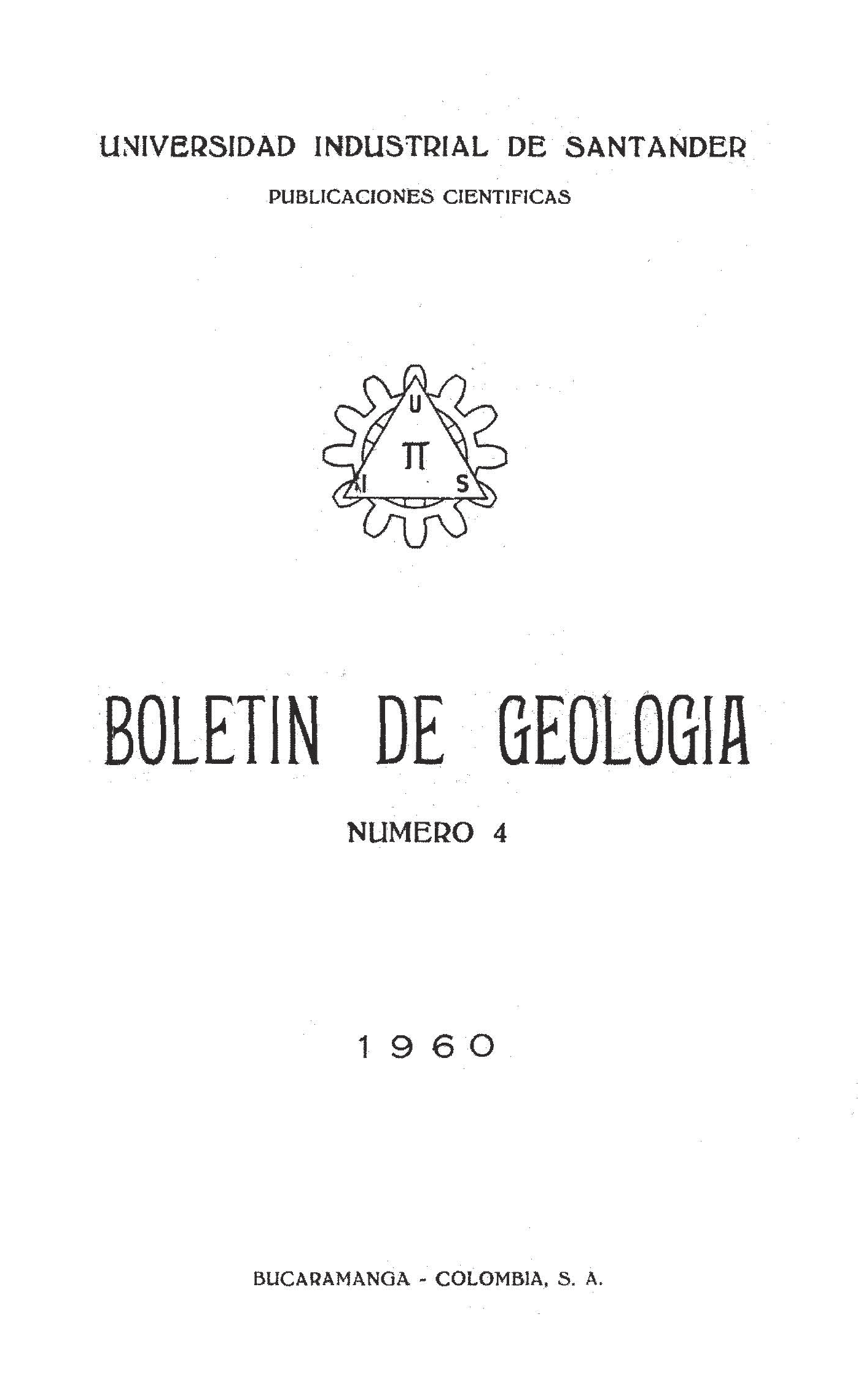Published 1960-04-09
How to Cite
Abstract
RESUMEN
En este estudio preliminar sobre los Equidos de la Sabana de Bogotá, se redescribe el cráneo tipo de E. (A.) lasallei Daniel del que apenas existen algunos comentarios. La disposición del vómer no puede observarse claramente pero el conjunto de los restantes caracteres anatómicos y dentarios corresponden al subgénero Amerhippus. La especie se caracteriza por un cráneo elevado y particularmente alargado que le da una forma bastante dolicocéfala, por la longitud del diastema y por el estrechamiento del rostro; estos últimos caracteres la aproximan a E. (A.) curvidens y a la cebra de Grévy. La serie dentaria P-M, a pesar de la avanzada edad del individuo, presenta las fosetas ampliamente desarrolladas y la línea del esmalte ondulada dándole un aspecto complicado. La edad geológica de esta especie, por lo menos se conoce del conjunto de la fauna de la Sabana y en relación con los estudios de Hoffstetter sobre el Ecuador parece que corresponde al tercer interglaciar. La presencia de E. (A.) curvidens y E. (A.) andium no se ha podido confirmar. E. (A.) curvidens parece que se puede excluir definitivamente de las listas faunísticas de la región de Bogotá dado su habitat austral de zonas templadas y bajas, aparte de que su existencia se ha basado siempre de una manera exclusiva en la curvatura de los molares, carácter que carece de todo valor taxonémico. El material determinado como E. (A.) andium consta sólo de dientes aislados y las figuras publicadas corresponden a vistas laterales que hacen completamente imposible toda revisión.
ABSTRACT
The type skull of E. (A.) lasallei Daniel is redescribed in this preliminary study of the pleistocenic horses of the Bogotá tableland (Sabana de Bogotá). With regard to this species only a few commentaries have been previously published. The womer's arrengement cannot be observed, but according to the anatomical and dentary characters this species is referred to the subgenus Amerhippus. The species is recognizable by its high and particularly elongated skull, giving a rather dolichocephalic form, by the lenght of the diastem and the relative slenderness of the rostrum; these latter characters show approach towards E. (A.) curvidens and Grevy's zebra.
Although the type skull belongs to an individual in advanced old stage, the upper cheek-teeth shows the fossetes widely developed and the enamel line is wrinkled giving a rather complex pattern. The geologic age of this species seems to be the third interglacial, as judging by the known facts assembled concerning the pleistocenic fauna of the Sabana de Bogotá, as well as the studies carried by Hoffstetter in Ecuador. The reportes occurrence of E. (A.) curvidens and E. (A.) andium cannot be corroborated. It appears to be that E. (A.) curvidens definitively must be dropped from the faunal lists of the Bogotá region, sinve its habitat is confined to temperate lowland zones, besides its recognition have been always exclusively founded on the degree of curvature of the molar teeth a character lacking any taxonomic value. It is impossible to make a revicion of the material previously referred to E. (A.) andium sine it is composed only by isolated teeth and the published figures are lateral views.
